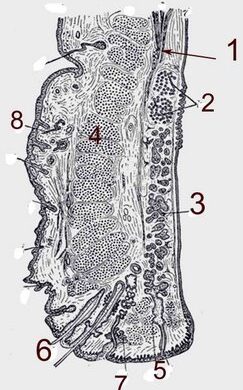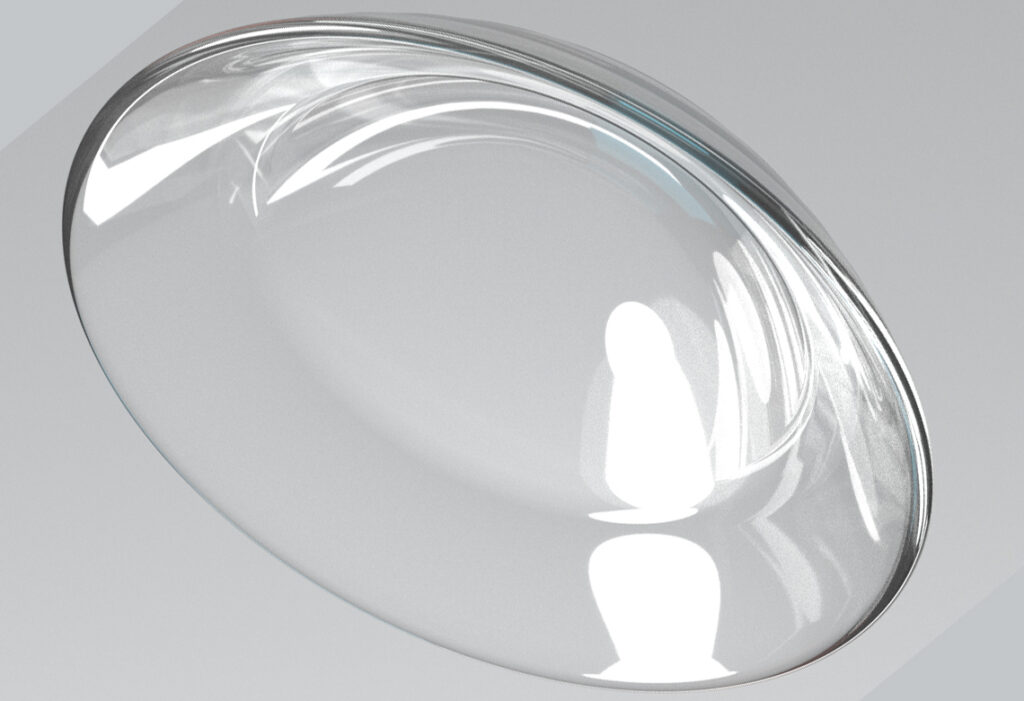Evaporative Dry Eye presented by FOCUS Laboratories.A video diagram show as the lipid layer thins, the tear film brakes up which may develop dry spots.
meibomian gland disfunction
Meibomian gland disease (MGD) Evaporative dry eyes
Meibomian gland disease (MGD) (Evaporative dry eyes) On September 15, 2011, by sabhlok eyestrain.sabhlokcity.com Read this 170 page PDF file first Anatomy Meibomian glands are the oil-producing glands located in both the upper and lower eyelids. They number about 25 to 30 (each: a total of about 100) and normally slowly release oil into the […]





